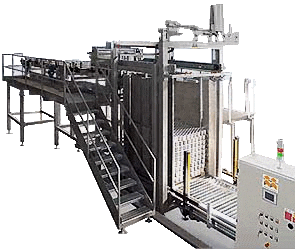To ensure powder adhesion on a container that already has an internal film or coating, several key factors must be considered:
- Varnish composition:
- It is essential that the chemical composition and additives of the interior coating are compatible with the electrostatic powder. Some coatings, such as “Meat Release” coatings, may have non-stick additives that make it difficult for the powder to adhere. It is crucial to select a coating that does not interfere with powder adhesion.
- Quality of the applied varnish:
- The quality of the interior coating should be high to avoid porosity and to ensure a uniform surface. The varnish must be fully cured before the application of the electrostatic powder.
- Immediate application:
- The powder should be applied immediately after welding and before the weld can oxidize. Welding in an inert atmosphere, such as with nitrogen, can help prevent oxidation and improve powder adhesion.
- Adherence Tests:
- Performing adhesion tests, such as the cross-cut test and the bend test, can help determine if the powder is adhering properly to the coating. It is important to check whether it is the powder that does not adhere to the clearcoat or whether both layers (clearcoat and powder) come off together.
- Dust Cooling:
- It is advisable to cool the powder before application to improve its adhesion and avoid problems during the process.
- Tightness in the application:
- Delimit the powder application area to avoid contamination of the rest of the container and ensure that the powder is applied in a uniform and controlled manner.
By following these steps, a good adhesion of the electrostatic powder on internally coated containers can be guaranteed, thus ensuring the protection and durability of the container.













0 Comments